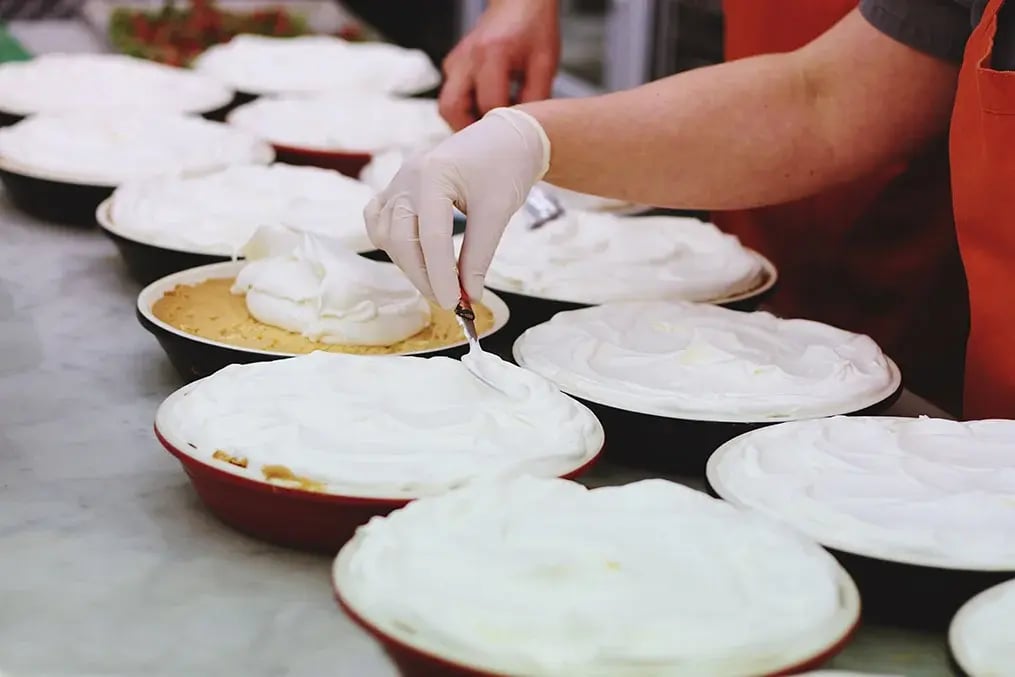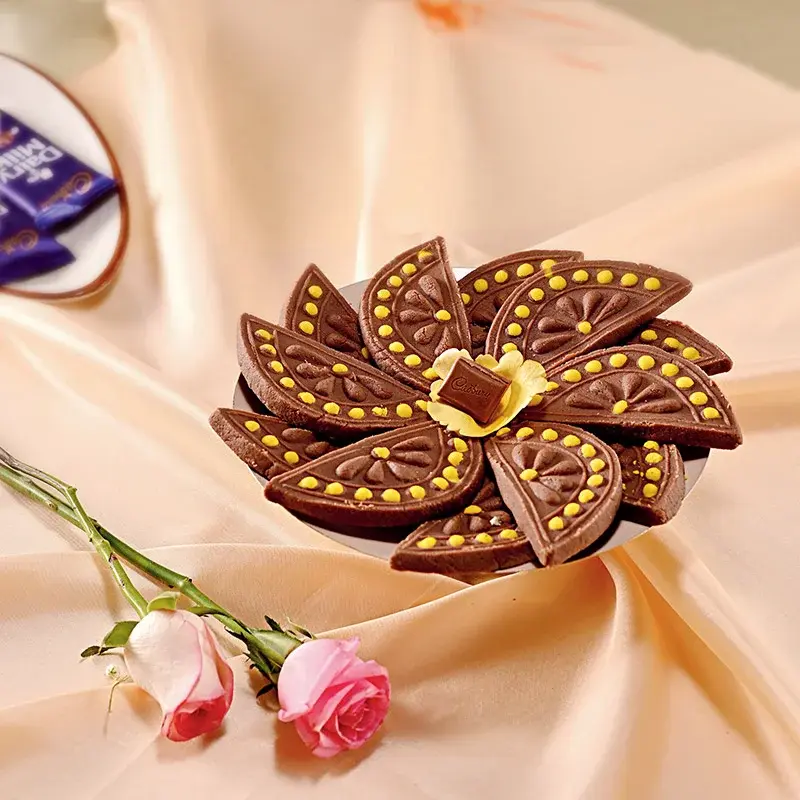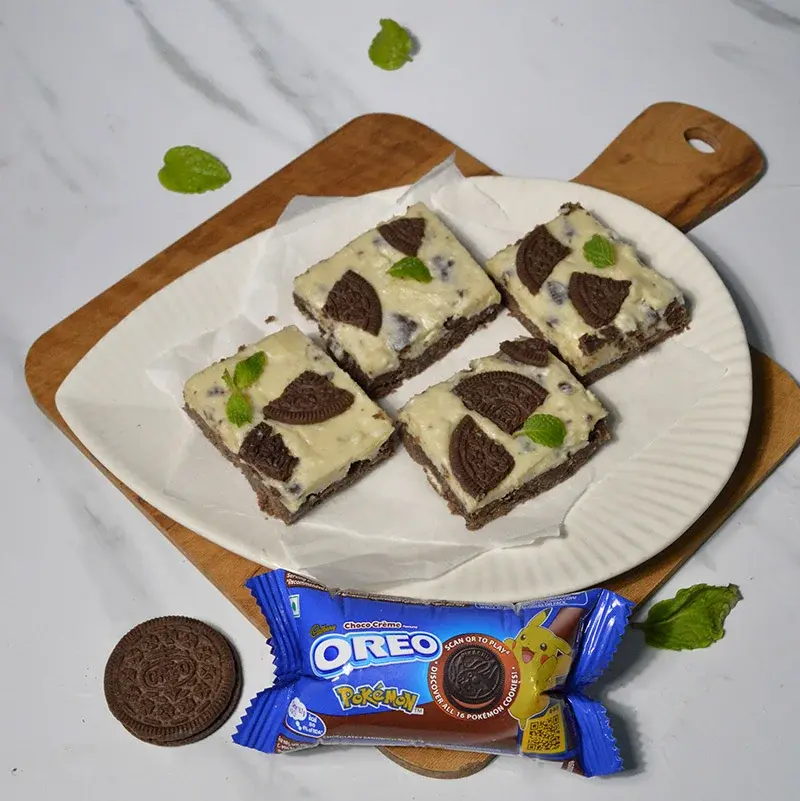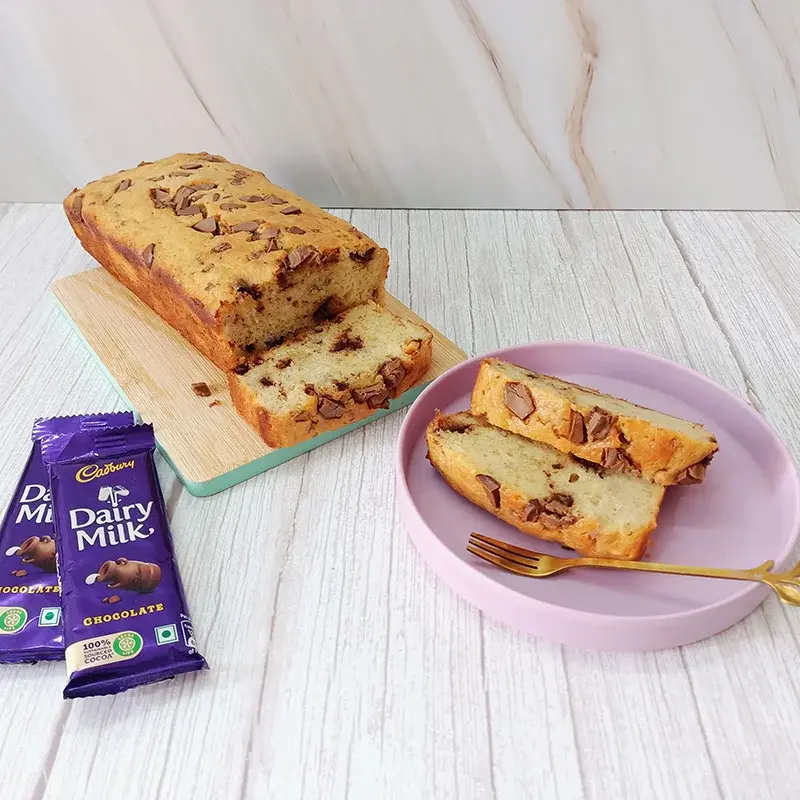- Home
- Articles
- The Long-Winding History of the Milk-Soaked Tres Leches Cake from the Heart of Latin America
The Tres Leches cake has a long history that evolved with colonization, and for a certain time was only enjoyed by the uber-rich in Latin America, until the ingredients used to make the cake became cheaper and more accessible.

Living up to its name, the Tres Leches Cake contains three different forms of milk.”Tres” means
three, and “leches” means milk, so namely whole milk, condensed milk and evaporated milk.
These are absorbed by the dough, which results in a moist and milky cake that is simply
irresistible.
Unless you have been living in dessert oblivion so far, you might know that tres leches cakes are
being sold in every bakery in town—from the upscale ones to the medium fancy ones. It might
have been an influencer, it might have been an experimental baker, we are not sure, but a slice
of tres leches cake is hot right now, and we don’t know who started the trend.
What Makes Up the Tres Leches Cake?
At the heart of any tres leches cake lies the moist, tender sponge cake layers that form its
structure. The batter is usually a light, airy concoction incorporating eggs to produce a soft
crumb. These layers are then stacked together or recipes often stick to 1 loaf which is the
sponge cake, the base. The next step is what truly sets the tres leches cake apart — its
signature trio of milks that is used to soak the cake sponge. This trio is made up of sweet
condensed milk, evaporated milk, and heavy whipping cream, which are mixed and poured into
the sponge of perforated cake, soaking it completely giving the cake its dense and moist texture
that is a hallmark of the cake.
The History
The exact origins of the tres leches cake can be traced back to 19th-century Mexico, where a
bread-like cake was popular, soaked in wine and topped with custard. Tres Leches isn’t as
original as we think it to be drawing influences from the English trifle and to some extent the
Italian Tiramisu.
The tradition of soaking cakes in milk originated in the Mexican state of Tabasco, their version
of the Tres Leches has cake batter baked in a pan of hot milk, which they called "Torta de
Leche". This cake was also moist and dense with a delicious milky flavour. By the late 1800s,
similar recipes had emerged in the Mexican states of Oaxaca and Sinaloa, with dishes like "Sopa
Borracha" and "Ante de Suecas" becoming popular.
This tradition is said to have spread to neighbouring Nicaragua in the early 1900s and at the
time, Nicaraguan society was highly stratified, with the upper classes enjoying imported
luxuries. Recipes using sweetened condensed milk, which was invented in 1853, became a
status symbol. However, most Nicaraguans could not afford or access condensed milk; this
changed in the 1930s when the U.S. and Nicaraguan governments collaborated to boost the
dairy industry, which made condensed milk more affordable and available nationwide.
At home, bakers began experimenting with new ways to use condensed milk, likely inspired by
the Mexican-soaked cake tradition. The idea to soak the cake in multiple milks—condensed,
evaporated, and cream—was thought up to honour the Catholic holy trinity.
A key development was a leading food and beverage company establishing factories in Central
America in the early 1900s. The company promoted condensed milk usage through recipe ideas
printed on product cans. Some historians believe one of these recipes was an early version of
the tres leches cake.
The cake grew more popular in Nicaragua through the mid-20th century. It was firmly
cemented as a national dessert by the 1970s political unrest, as many Nicaraguan refugees fled
to Miami and brought the tres leches cake tradition with them. This helped introduce the
dessert to a global audience.
Now that you have the winding history of the tres leches cake from the heart of Latin America,
why not try making one?
Tres Leches Cake Recipe

Ingredients:
- 125 gm all-purpose flour
- 1 ½ tsp baking powder
- ¼ tsp salt
- 5 eggs (egg whites and yolks separated)
- 200 gm granulated sugar (divided)
- 80 ml whole milk
- 1 tsp vanilla extract
Tres Leches Mixture
- 340 ml evaporated milk
- 400 ml sweetened condensed milk
- 60 ml whole milk
Instructions
- Grab a bowl. Dump the flour, baking powder, and salt. Mix and set aside. Crack the eggs, and
separate them. Add the egg yolks in one big bowl and the whites into another. Then preheat
the oven to 180°C and in the meantime work with the eggs. - Add 150 gm sugar to the bowl with the egg yolks and mix on high speed, use a hand mixer,
until yolks are pale yellow. Add milk and vanilla extract, and combine. Pour the egg yolk mixture
over the flour mixture and stir just until combined (don't over-mix). - Use an electric hand mixer. Beat the egg whites, on high speed. They will begin to form stiff
peaks. Immediately mix in the remaining 50 gm of sugar. Fold the beaten egg whites into the
yolk batter. Make sure to scrape the bottom and sides of the bowl. Add the dry, mixed
ingredients and use the hand mixer on low, until combined. - Pour batter into an un-greased pan. Smooth it into an even layer. Bake for 25 to 35 minutes.
Poke a skewer into the centre of the cake. It should come out clean. Remove from the oven and
allow the cake to cool. - Take a big bowl. Mix the evaporated milk, sweetened condensed milk, and whole milk. Use a
fork to poke holes all over the top of the cooled sponge cake. Pour the milk mixture over the
top of the cake. Make sure to pour near the edges and all around. - Refrigerate the cake for at least 1 hour. This will allow the sponge to soak up the milk. You
can top it with whipped cream, a sprinkling of cinnamon and a cherry on top.
More Like This
Popular Articles



Trending Web Stories
Curated Recipes


















